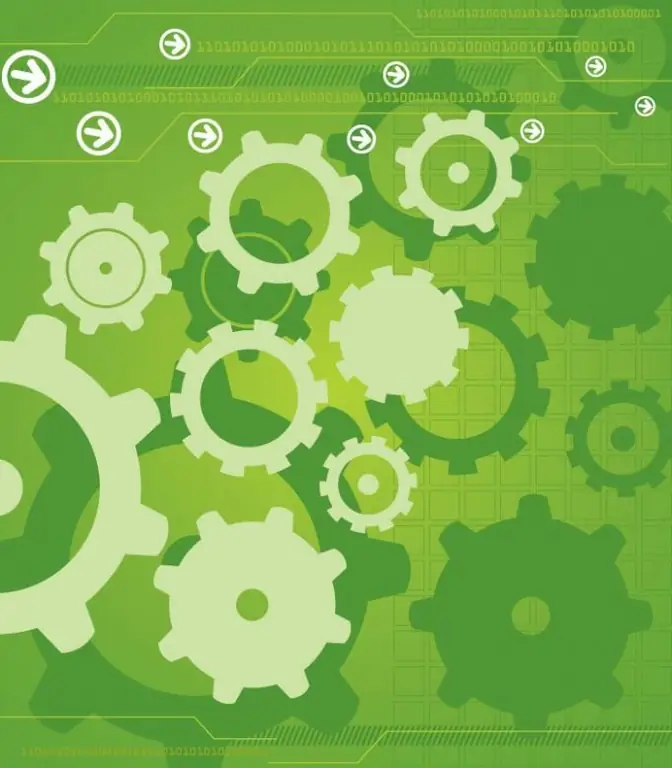Every year, the software industry creates many products - from small office applications to huge complexes and automated information processing systems. And if a small utility can be written by one programmer without preliminary preparation, then the creation of large systems is preceded by the design stage.

Necessary
technical assignment for design
Instructions
Step 1
Perform the primary decomposition by highlighting the subsystems. Research the terms of reference. Identify and analyze the list of tasks that the system should solve. Group tasks by function. Consider the types and characteristics of the data to be processed by the system. Form a list of subsystems, highlighting them according to their functional purpose and types of information being processed (data storage subsystem, document printing subsystem, etc.).
Step 2
Specify the functionality and characteristics of the dedicated subsystems. Describe their purpose, make lists of the actions they perform. During the design process at this stage, it makes sense to conduct a thorough research of the market for ready-made solutions. For example, in some cases it is convenient to implement the information storage subsystem on the basis of powerful DBMS, and the data processing subsystem, which is responsible for the implementation of business logic, on the basis of existing application servers. The use of off-the-shelf products is usually more profitable than the implementation of the required functionality in-house.
Step 3
Decompose each of the subsystems that will need to be implemented. Divide subsystems into components. They can be both applications and various libraries, services. Select components based on the analysis of the functionality of the subsystem and data objects processed by it. The main principle that should be followed at this stage of the design is that the components should be sufficiently versatile (allow maximum joint and reuse), but also have a clear specialization (you should not make components-combines that "can" do everything).
Step 4
Define methods and technical means of data exchange and storage, both between subsystems and within them. Draw up specifications indicating the protocols and formats to be used.
Step 5
Research the software market. Identify the components that can be used to build the system. For example, now there are many commercial and absolutely free libraries for graphics processing available, so it is simply pointless to spend your own funds on the development of similar solutions.
Step 6
List the components to be implemented. Develop the appropriate specifications. Prepare technical specifications.
Step 7
Select the means to implement the subsystems and individual components. Determine the technologies and programming languages to be used. Enter the relevant points in the terms of reference.






